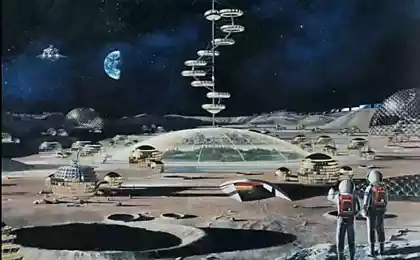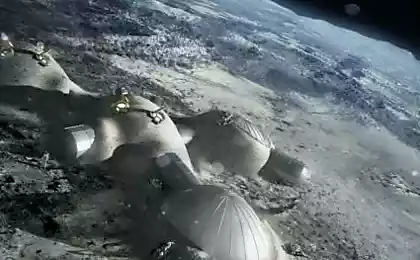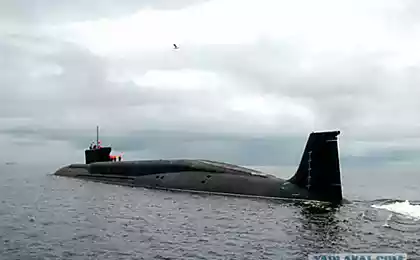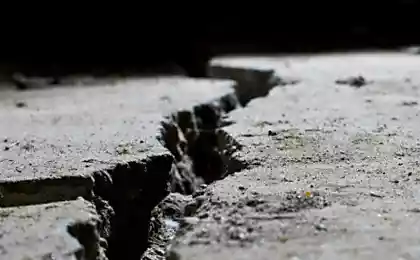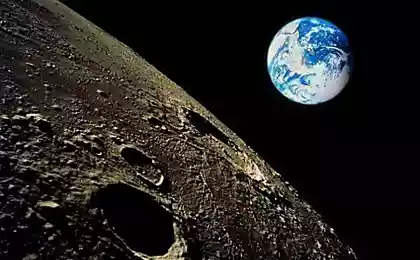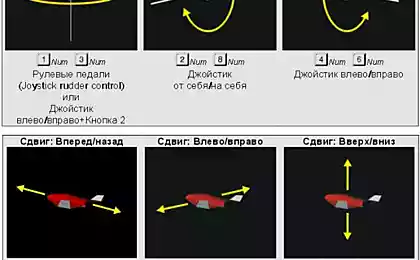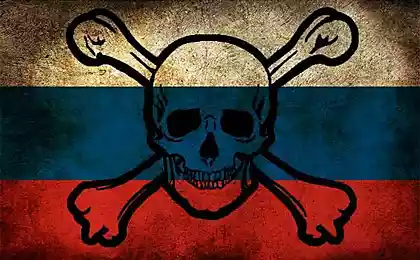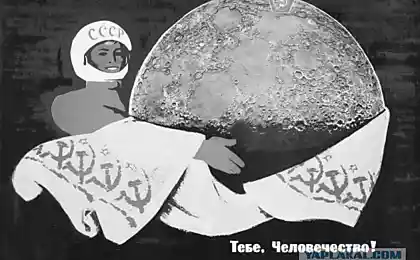167
Russia’s most ambitious space projects
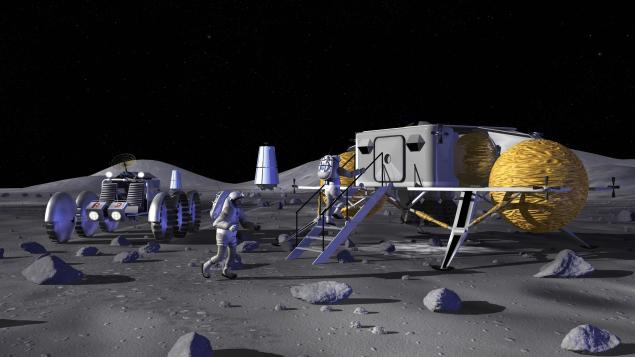
This summer, the Russian Space Agency (Roscosmos) announced a number of ambitious projects. Among them are interesting, expensive, doubtful and quite realizable. It is unlikely that all these projects will be fully implemented in the future, but if they do, there will be another revolution in space exploration.
1. Liquidator: Space janitor
Humans have not yet mastered space, but have already managed to pollute it. According to the Space Surveillance Network, about 16,200 objects orbit the Earth, each of which can pose a threat to new spacecraft.
There is a certain chance that the plot of the film “Gravity”, in which two astronauts are cut off from the Earth as a result of the destruction of their spacecraft by debris, can come true. In August, Roscosmos announced its plans to develop a spacecraft to clean geostationary orbit of spent satellites and upper stages of space rockets. The project called “Liquidator” should be developed in the period 2018-2025 with a budget of about 10.8 billion rubles (about $ 300 million).
2. New spaceports
Roscosmos plans to spend 900 billion rubles ($24.3 billion) on infrastructure to support spaceports. These funds will be used to expand the Plesetsk cosmodrome, as well as to complete the construction of the Vostochny cosmodrome and support the Baikonur space complex in Kazakhstan.
3. Remote sensing
Remote sensing of the earth is one of the weakest points of the Russian space industry. With no national program in space, Russian scientists are forced to rely on information from international satellites.
The federal space program, which should be developed in 2016-2025, promises to increase the presence of orbiting satellites in space by deploying 26 high-tech vehicles worth 358 billion rubles (9.7 billion dollars). Among the projects included in the program: Meteo-SSO, a global hydrometeorological and heliophysical system of four new generation satellites; Meteo-Glob, a global meteorological sensing system using visible and infrared frequencies; Resource, a program of three satellites that will image the Earth at high and ultra-high resolution; EC-SSO, a space surveillance system for emergency situations of 10 satellites in synchronous with the Sun orbit; EC-GSO, a similar emergency response system operating in optical and radar bands in geostationary orbit.
4. Moon base
The Russian spacecraft was the first to fly around the dark side of the moon and take soil samples, but we didn’t land humans on the moon’s surface.
Currently, Roscosmos is seriously concerned about the problems of lunar exploration. The agency plans to spend $280 million to develop a lunar base, deliver a mobile manipulator, grader, excavator, cable coverage and mobile robot to the lunar surface in 2018-2025. It seems that Roscosmos wants to seriously establish itself on the moon.
5. Lunarhod
A lunar base without a rover is money for the wind, so Roscosmos is developing a new rover that will search for natural resources. The moon is full of resources like rare earth elements, titanium, uranium, which are scarce on Earth. It is also rich in helium-3, a possible fuel for nuclear fusion. The new lunar transport will be called Lunamobile, and its development should be completed by 2021, with subsequent tests within four years.
6. Super-heavy rocket for Mars
In September 2014, plans to develop a super-heavy rocket with a capacity of 120-150 tons of payload received preliminary approval from President Vladimir Putin. The rocket is one of Roscosmos’ most expensive ideas, and its budget is twice that of the Angara rocket currently in use. The purpose of the future rocket is a flight to Mars. NASA is developing a similar device for this purpose.
7. Spektr-RG for the study of black holes
In 2013, the Russian-German High Energy Observatory Spektr-RG was ready to launch to study galactic clusters and black holes with the eROSITA telescope. Although the idea has been in development since the 1980s, the project only got restarted in 2005 with a budget of $135 million. It was suspended several times due to delays related to the German development of the telescope. The observatory should be ready by 2017.
Source: hi-news.ru




